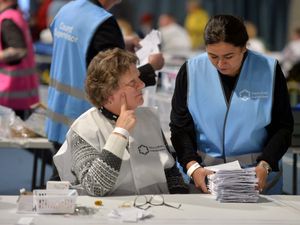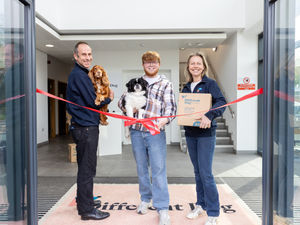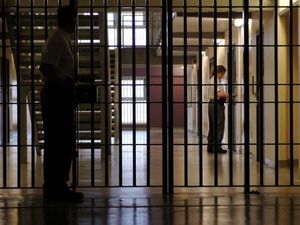Councillors examine potential improvements to election process
Councillors have been scrutinising how the election process is carried out in Telford & Wrekin – and assessing if there is any room for improvement in the current system.

Telford & Wrekin Council’s communities scrutiny committee has heard from the local authority’s returning officer and an expert about the election process.
The scrutiny committee has now made 11 recommendations, of which five are for action.
Anthea Lowe, council director of policy and governance, presented a report to the scrutiny committee meeting on Thursday night.
The report stated that at the conclusion of every election, the elections team meet to undertake a ‘lessons learned process’.
“This is considered to be good practice and ensures continuous improvement in the elections process so that they operate as smoothly and efficiently as possible,” said the report.
“Some small issues had been identified following the May 2023 elections and plans already adapted to make the process as seamless as possible and to further improve efficiency.”
Members of the scrutiny committee had raised concerns that the election count had ‘possibly taken longer’ than in previous years.
Data was provided by the council’s returning officer who stated that taking account of the increased number of registered voters and a slightly increased turnout, the count had concluded at a similar time as in May 2019.
In 2019, there were 125,918 votes counted whilst in 2023 there were 153,812 votes counted. In 2019, the two counts collectively took around 12 hours and 45 minutes whilst in 2023 the two counts collectively took around 13 hours and 20 minute to undertake.
He stated that it was 35 minutes longer to count an additional 26,900 votes.
Councillors heard that last year’s election was the first following the recent boundary review.
The report added: “(Returning) officers explained that, previously, count teams had taken their break at around the same time meaning that there was a period of time when no activity took place.
“Whilst this did not result in ‘extra time’ being used by break periods, the recent lessons learnt exercise identified that the downtime could be perceived by those in attendance as introducing a delay.
“It had, therefore, already been agreed that breaks for count teams would be staggered so that count activity would still be ongoing throughout the count venue.”
Councillors also heard that changes of the Elections Act 2022 meant that those who wished to vote in person at a polling station were required to take photographic identification.
Mrs Lowe said that 0.3 per cent of voters who turned up at a polling station were affected by the change in law. That equated to 0.0004 per cent of total registered electors.
The recommendations made in the report included the elections team ‘piloting the staggering of staff breaks to assess what impact, if any, this has on the efficiency of proceedings’.
Another included, where several wards require counting, that an ‘indicative count plan is provided to candidates so that they have some expectation as to when results for their prospective ward may be announced’.
Committee chair Elise Davies said that the report is going to be recommended to the council’s cabinet.
“This is a really good piece of work which we’ve brought together,” said councillor Davies.
“It (elections) are already at quite a high standard. We’ve worked really well across (political) parties to make recommendations to strengthen it. It’s been really good and what scrutiny is about.”
Councillor Angela McClements said that the review and report shows that the council ‘are doing everything right’ in Telford & Wrekin.
“We are quite rightly looking for continuous improvement and there are areas we can improve a little bit which is shown in some of our recommendations,” she said.
Councillor McClements added that even in diverse wards people were ‘clear’ about what photography identification they needed to vote.





